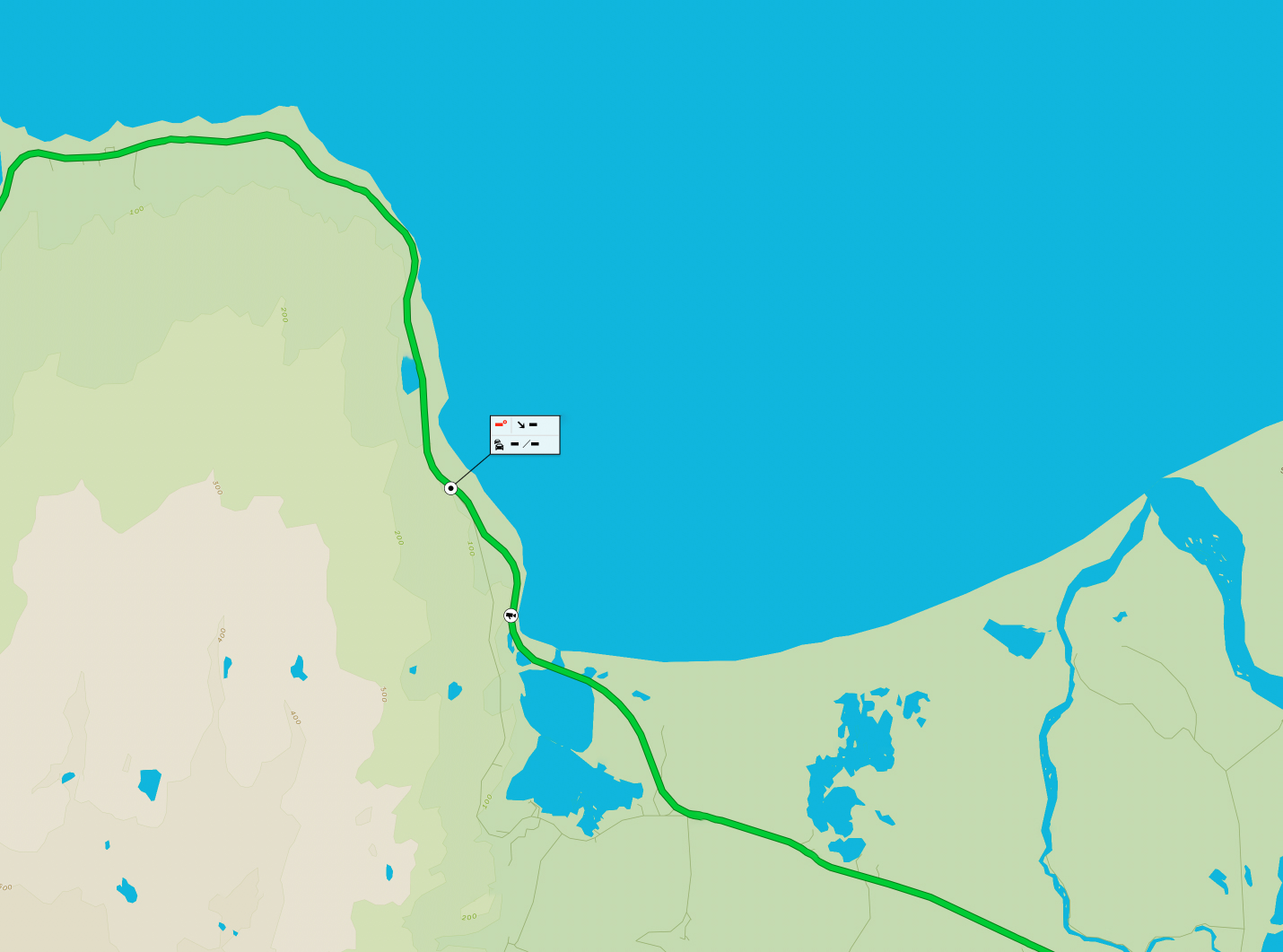Sea defences
Sea defences are defences employed against tidal floods and land erosion suffered due to intrusion by the sea. Inhabited areas and areas with valuable structures or cultural heritage sites have priority when it comes to the construction of sea defences.

Sea defence planning
Sea defences are planned according to transport plan legislation, and is further specified in the chapter on maritime planning. To facilitate sea defence preparation, the IRCA collaborates with the municipality in question, landowners and other parties to the case.
Work on sea defences is expected to continue in accordance with the transport plan. The work is carried out in co-operation with municipalities, or landowners that carry at least 1/8th of the cost. When allocating funds, a prioritisation model which takes into account marine erosion and the value of the eroding area in use. The need for the construction of sea defences is expected to increase due to the rising sea level caused by global climate change and tectonic movements. Furthermore, many sea defences are worse for wear and in need of renovation or reinforcement.
The Treasury pays for up to 7/8ths of the cost of preparation and construction of sea defences. Landowners and municipalities that benefit from protective measures on their land must pay at least 1/8th. The cost is divided between the landowners, with respect to the size of the land and the coast in need of defence.
Law and regulation
Documents in Icelandic
Applications
Funds for sea defences due to flood risk, or land erosion caused by the intrusion of the sea, are available through applications. Inhabited areas and areas with structures or cultural heritage sites have priority when it comes to the construction of sea defences. It should be pointed out that Article 5 of Act No. 28/1997, on sea defences, stipulates that the area, as well as the structures, shall have been processed in accordance with planning law. All suggestions or wishes expressed by the municipalities on places where structures or other things of value are in danger due to tidal floods or land erosion, will be evaluated, assessment of construction and cost carried out, and projects placed in an order of priority.







